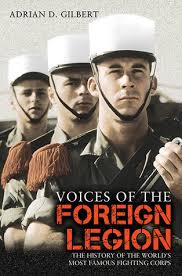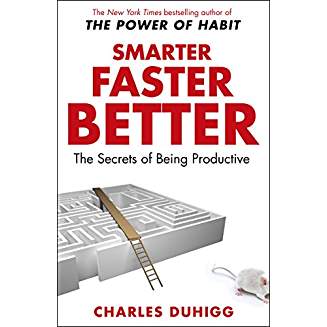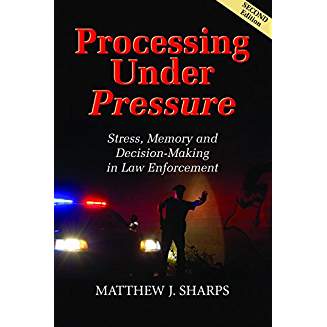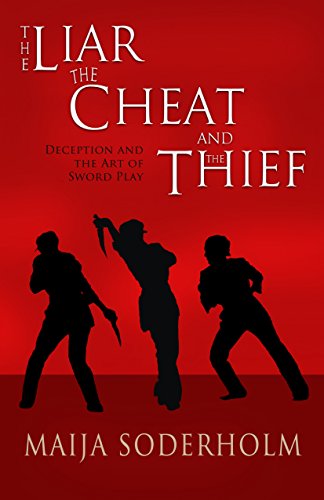The title alone could speak volumes if I knew more, and was any good at math. I don’t, and I’m not. Unfortunately the saying that ‘youth is wasted on the young’ is true here. I appreciate education now more than I ever did.
Over the last few years I have sought to bolster my library by exploring the more technical aspects of what we do as Martial Artists. It actually started with some materials that I bought from TFT (Target Focus Training, Tim Larkin) — which I sought out based on his marketing.
Back in 2008, when I had started my career as in Security, I’d also started my second journey in the Martial Arts at the age of 53. It was a necessary evil, but I gladly took it up because I needed fast and effective solutions to what I was about to face.
After reaching a mid-level Belt Rank in Kenpo I started to look for other ‘arts’ that might be a better fit for my specific needs. My son had a friend that suggested that I look at Krav Maga. Hell I couldn’t even pronounce that then! She knew what I did for a living, and thought it might have what I needed, but cautioned me “it’s very brutal!”
The macho side of me said ‘Hell Yeah!’, but the responsible side of me said – ‘stay away!’ Responsible went out the window. I got on-line and started looking around. I was looking for a package deal, an all-in-one solution, and I was new to this. I bought one of the more expensive packages that I could find, packaged as a 17 DVD disc set, it seemed like a good idea for the money. I placed an order direct for the Commando Krav Maga set, based on the marketing once again.
I started to watch once the package arrived and wow! I’d never seen things like this before. It was hosted by Moni Aizik. What I’d learned was that Moni was based (then) in Canada – just a few hours away. As I jumped ahead in his series of DVD’s, I came across one that may featured footage of a seminar that he’d given, and there I found Avi Nardia, my teacher. Avi and Moni are friends, both sharing some things in common – Martial Arts, Military Service, both exports from Israel to the United States, and both urged to do so by Jim Wagner. Fact check that, but I think that’s correct.
What I liked about Avi was his calm. Avi was taking the students to school, Avi style.
Avi is a well of information, deep and rich. He dissects everything with a very critical eye. Through him I have learned some of how to do the same.
Small-circle JuJitsu by Wally Jay may have been the earliest book that I bought that explained things in a mathematical or scientific way.
I found Tim Larkin on-line. Here’s a guy that has a specific niche, and with a very well planned-out course. In a nutshell it’s all about breaking people. This to takes some time to assimilate. You need to know the context, and I think once you get that, it makes sense. Again, not what I thought I needed. But….
… the information was good and relevant in some respects. Tim’s program is not Martial Arts, it’s intended for those who need self-defense, and in his product, it’s about efficient ways to shut your aggressor down. Period. Exclamation Point!
What I eventually found was the beginning of what this article is all about – math & science! In the Lethal Leverage series you will find a treasure-trove of information related to dealing with anyone who may seek to harm you.
The accompanying book is less than 100 pages, double-spaced text, and with some very good illustrations. Tim’s partner, Chris Ranck-Buhr, does a lot of the writing. This product is designed with your survival as it’s main goal. It’s not a sport-system.
Starting on page 31, you are introduced to three classes of levers. The purpose is to describe and understand what they are, how they work, and then how they are applied. We are introduced to new terminology and concepts that are key to understanding and using this material in the field.
On page 61, we are introduced to the joints of the body and what TFT describes as Base Leverages. There are six that you will need to understand. You learn about each joint, and how it works, and it’s limitations – known as it’s pathological limits.
Over the next 30 pages you will learn about each joint, and what, and how to break each and every one of them. This is not to say that you should, but if you found a need to do so, it’s here. For most of us, it will be good to know where the limits are but also how these wonderful things work. Only then can we use it to our advantage.
Think about a simple arm-bar. A typical arm-bar requires that you apply force to three joints in tandem and in succession, quickly – the wrist, the elbow and the shoulder. So, as an example, the wrist can be moved in six directions, anywhere from 20° to 90° before reaching it’s pathological limits, then the elbow rotates, and the shoulder is a ball-socket and thus has the largest range of motion available. When you learn about these ranges for each joint, the light bulb will go on, trust me.
Doesn’t everyone wonder why a throw works, and how? Well I used this information to learn more about Control & Constraint. Now I could understand how to make some of that work better for me.
I knew in my first year of Hospital Security that I was going to need to find other ‘solutions’ to my ‘problems.’ I knew that I couldn’t compete size for size or against muscle forever. Knowing and then admitting to that fact that led me to do this research.
I later found two books by Martina Sprague. Fighting Science is the first book. In a nutshell, it’s all about why things work or don’t and how to improve that ability in your techniques. Physics is the key here – Torque, Kinetic Energy, Power, Force, Momentum…. you get the idea? It’ about getting around size and strength, which is universal I think, right?
Martina’s next book, The Science of Takedowns, Throws… introduced things like timing and balance to her previous leverage and momentum studies. What this all really comes down to is not using muscle, but using what you have against what your adversary has, by using this knowledge to your.
If you really want or perhaps need to know more, I can recommend the following two books:
[1] Human Body Dynamics by Aydin Tozeren. If you want to study math as your primary goal to understanding the how and why of the body, this is likely a good choice. It’s about human movement and mechanics of how the body moves. You will learn about muscle and bone structure, joints, laws of motion, and all of the mathematical formulae associated with movement, etc… not for the weak of hea
[2] Biomechanics of Human Motion by Emeric Arus, PhD. This book was written with the Martial Artist in mind. You’re going to learn about such things as Kinematics, Kinesics, biomechanical and physiological human motion. Because this is more about how things work specifically in the Martial Arts, it’s a great reference, again laden with math formulae.
Here’s a few more to consider looking at:
[3] Fight Like a Physicist by Jason Thalken, PhD. Jason’s approach is to talk about fighting and the use of physics – to your advantage. Now thus far, all of these books have applicable information in them, and not just for Martial Arts, but also for Self Defense methods. You will have to explore, and perhaps you will discover that tiny missing piece that puts it all together for you. There is some really good fight info in this book – transfer of energy, efficiency, angular velocity, and yes even brain damage.
[4] The Anatomy of Martial Arts by Dr. Norman Link and Lily Chu discusses in how some of the techniques work – but specifically what muscle groups and bone structures support those movements. Good to know. By adding some of this knowledge, you may be able to start to see the connecting dots when it comes to understanding how to generate power for example.
[5] Book of Martial Power by Steven J. Pearlman. In this book you will find a set of basic fundamental principles. Complex force, economical motion, penetration, extension, and the dynamic sphere are introduced. Reading the back cover quotes, I’m now seeing the names of friends and mentors who’ve already beat me to finding this particular book – damn! I guess it comes highly recommended!
[6] The Principles of Unarmed Combat by Mark Jacobs – a book about empty-hand combat. More technique and insider information. Covers the gamut of strikes, throws, chokes, submission, and even sacrifices!
[7] Vital Point Strikes by Sang H. Kim. This book is about meridians, pressure points, targeting. Very well illustrated, and covers a lot of ground including training drills.
These are just a few examples from my personal library that may take years to get through and truly understand.
The more you know and understand, the more likely it is that you’ll make smarter/better choices when you need them, and perhaps with less effort – by using the math and science that you now know. It’s not the technique that is important, but in the knowing of what makes it work. If you understand how, you can design your own techniques and solu









